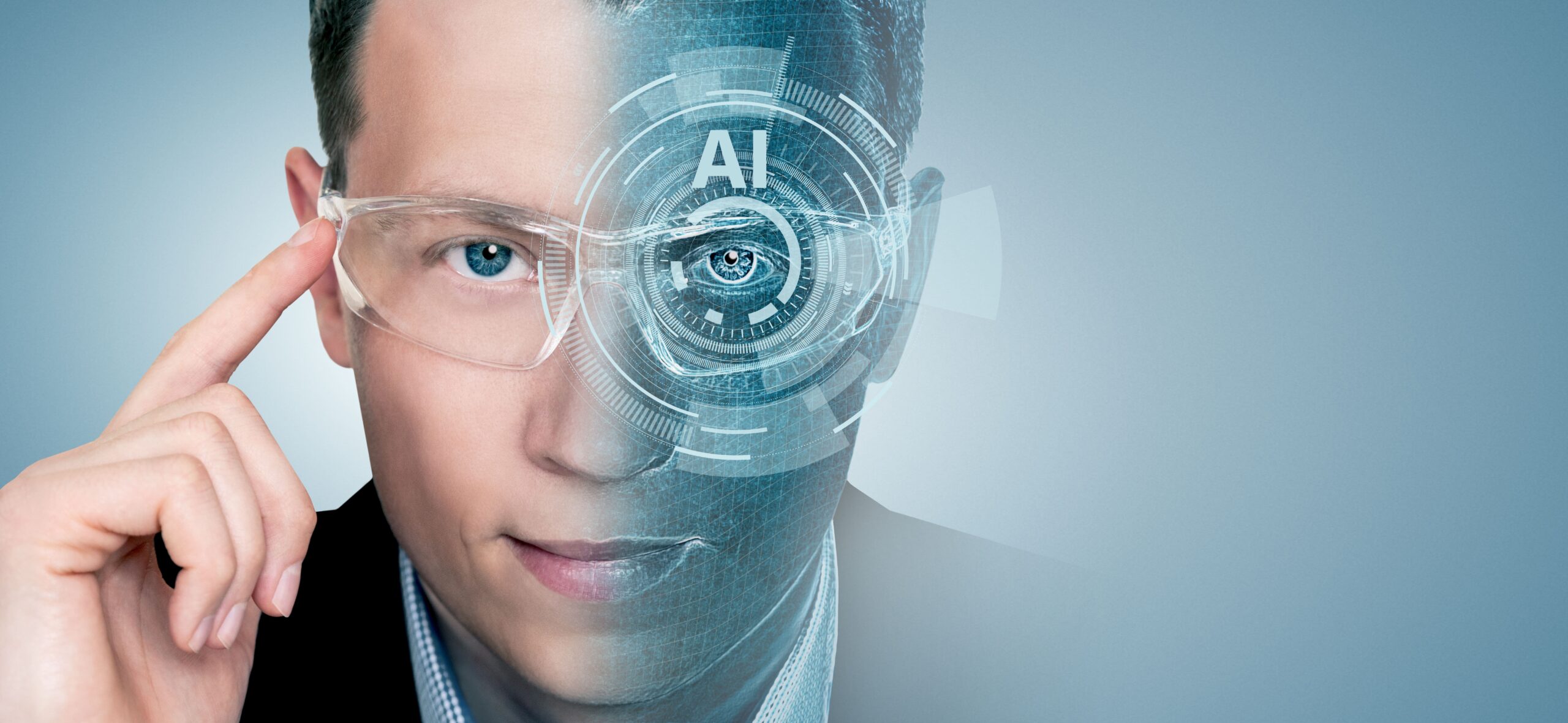Since COVID-19 was first discovered in December 2019 in Wuhan, China, it has spread rapidly across the globe. Once the WHO declared it a pandemic, many countries went into lockdown to curb the spread of the virus. While lockdowns have been fairly effective in reducing the number of infections, they have also put tremendous pressure on the world’s economy. Millions of people lost their jobs, thousands of businesses have closed for good, and entire industries have been devastated. The resulting recession will possibly be the most severe the world has ever experienced. So, what does that mean for the future of manufacturing?
The impact of the coronavirus crisis on manufacturing
Undoubtedly, manufacturing has been dealt a heavy blow by the coronavirus pandemic, not least because the pandemic has also initiated an economic depression. However, economic downturns have become accepted as part and parcel of life, and the only difference is one of scale – at least, that would be the best-case-scenario. Economic hardship has wrought structural changes in the past, and new ones are never far off.
Preparation for economic downturns is a normal part of responsible planning. The danger with what we’ve seen since 2019 is that the scale of the crisis and depression was beyond what anybody could have foreseen. But again, it is largely a matter of scale, so there is no reason to panic – provided adequate steps are taken to weather the economic storm. One of the major changes being accelerated by the pandemic, according to American management consulting firm McKinsey, is the adoption of Industry 4.0 technologies. For those unfamiliar with the term, Industry 4.0 refers to the fourth revolution in manufacturing that is currently ongoing, and is represented by smart and autonomous manufacturing systems run on machine learning and data.
Manufacturers are increasingly adopting artificial intelligence (AI), machine learning, and robotic process automation (RPA) to overcome the pitfalls of human error, as well as to abide by social distancing requirements. In a McKinsey survey, 93 per cent of industry professionals said they were looking into ways to increase the resilience of their supply chains, with another 90 per cent saying they planned on focusing efforts on digitisation. Clearly, the pandemic has shifted priorities around quite a bit.
How manufacturing has already been changed by COVID-19
Long-term structural changes usually start off small and slow, allowing the careful observer to detect change ahead of time. And as with everything else, the changes coming into existence are a reflection of the needs and priorities of the environment they evolved in. So, for example, many businesses are turning their attention to new ways of intra-firm collaboration that do not risk people’s health. Remote working and the tools that enable it have been one of the major growth industries as a result. Some of the solutions that can be implemented without significant tech investments include augmented reality-based operator assistance, digital maintenance, and digital performance management (DPM), which are expected to become more widespread in the near future.
The current manufacturing and supply chain model has been called into question following the pandemic, especially regarding China as the hitherto global hub thereof. Take large manufacturers of electronic equipment, for example, which source about 40 per cent of their parts from China. Or European pharmaceutical companies, which import around 80 per cent of their active components from China and India. This practice of putting all of one’s eggs in one basket is expected to change. Instead, manufacturers and others will increasingly look to more local, or perhaps regional, suppliers in future. Offshoring is likewise expected to be reversed in favour of reshoring, in order that supply chains are not unduly disrupted by major international shocks.
Experts weigh in on the future of manufacturing
Professor Louis Phee, dean of College of Engineering, Nanyang Technological University, Singapore, sees the potential behind the adoption of Industry 4.0 technologies for both manufacturers and consumers. Where the former can expect to see a boost in productivity, the latter will come to expect greater personalisation and variety in products and services. Cloud-based platforms can be utilised to remotely coordinate production and design processes across different locations, establishing “a global factory where factors of production can move freely before being assembled into a final form for the market,” according to Professor Phee.
For Scott Summerville, president at Mitsubishi Electric Automation, smart manufacturing is expected to maintain a rapid pace of evolution as robots and other machines increasingly take over the more tedious and physically-demanding roles related to manufacturing. Consequently, human workers can focus their efforts on the acquisition of new skills, which would include “the engineering and deployment of automated production assets, the implementation of predictive maintenance technologies, the development of more cost-effective products, and the means of producing them.”
Data-fuelled smart factories will be one of the defining characteristics of the future of manufacturing, according to futurist Richard van Hooijdonk. Transportation and the operation of supply chains will likewise be changed by the use of big data. Rather than supplanting human workers and leading to their eventual obsolescence, van Hooijdonk predicts that the human workforce will be less likely to be occupied by work that is tedious or repetitive. Instead, they would fully engage in a manufacturing process where human and machine work together for the best results.
Strategies for coping with the recession
As outlined above, there are broadly two incentives for companies to change old habits and rethink their methods of operation: the risk to human health, and the risk of not making it through the recession. And many of the innovations that companies are adopting can, to some extent, address both of these concerns. For example, the increased digitisation that companies are undergoing both prevents the need for unnecessary human interaction while simultaneously increasing operational responsiveness and flexibility. Among these responsiveness-accentuating technologies are the IoT (internet of things) and cloud-based analytics which, especially when working in tandem, give businesses greater real-time insights that allow for quick pivots based on demand shifts.
Manufacturers are also learning to quickly wean themselves off suppliers, such as those found in China, that are vulnerable to the sort of disruptions caused by the pandemic, and instead focusing on suppliers closer to home. Multiple-sourcing strategies and flexible partnerships with suppliers and logistics companies will be vital.
In addition to the widespread concern with health among consumers, there has been an increasing trend (in no way dulled by the pandemic) of concern about the environment. Consequently, manufacturers and others have felt mounting pressure to re-evaluate their production and sourcing practices in favour of more sustainable and eco-friendly alternatives. Successful efforts in this direction can then be communicated to consumers via smart and consistent marketing campaigns, which will be all the more critical as the recession hits consumers’ disposable incomes and purchasing decisions become more considered affairs.
Cases and experiments
French energy and automated digital solutions provider Schneider Electric has come up with a comprehensive plan to tackle some of the pressing issues facing the company. Part of this was to connect several manufacturing sites with the IoT and predictive analytics solutions, thereby allowing the company to optimise its energy management and make savings when it comes to energy costs. This allowed Schneider Electric to overcome “the lack of summarised, measurable data, the inability to view capacity risks, the lack of a collaborative sales forecast, and generally scattered collaboration.” As a result, plant energy costs fell by 26 per cent, water use dropped by 20 per cent, and CO2 emissions were cut by an impressive 78 per cent. In terms of cash, this represented energy savings of $6 billion across the whole of North America.
Just over the border in Germany, car manufacturer BMW has announced plans to embed AI into its production logistics. To help achieve this, the company launched a pilot project where in-house logistics robots and smart transport robots (STRs) were equipped with AI modules and other tech that would allow them to more effectively coordinate themselves and therefore detect and avoid collision with obstacles. With their improved navigation systems, these robots can quickly calculate alternative routes in mere milliseconds. The robots, of which there are five being developed by BMW, run on NVIDIA’s ISAAC robotics software platform. “The use of high-end AI and visualisation technologies to redesign our logistics is revolutionary. Our collaboration with NVIDIA is allowing us to develop state-of-the-art Industry 4.0 technologies,” explains Jürgen Maidl, head of logistics in the BMW Group’s Production Network. “With this high-end technology, we can further optimise our logistics innovations and processes.”
The coronavirus pandemic, with all of its various repercussions, has unceremoniously shoved Industry 4.0 into the laps of manufactures who might otherwise have been slower to adopt it. For the reasons already outlined above, manufacturers are increasingly feeling the need to adopt smart manufacturing, artificial intelligence, advanced robotics, and digitisation in order to cope with the dual threats of a viral pandemic and worldwide economic depression. While this transformative process has been a veritable baptism by fire for many, the enduring effects thereof will be significant.




